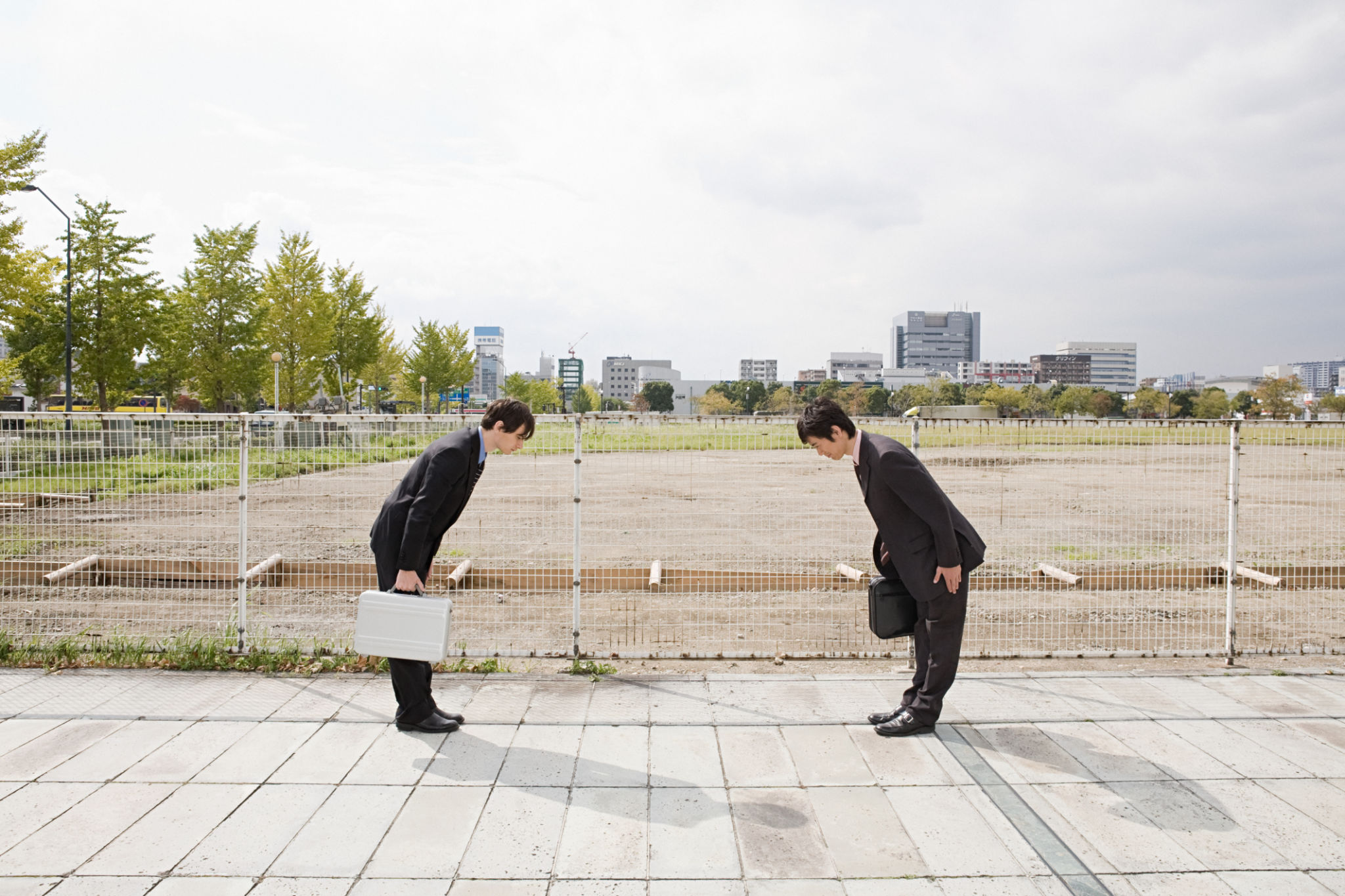Case Study: Successful Roof Replacement in Atlanta's Historic District
Introduction to the Project
In the heart of Atlanta's historic district, preserving architectural integrity while ensuring modern functionality can be a challenging task. When it came to replacing the roof of one of the district's treasured buildings, careful planning and execution were crucial. This case study highlights the journey of a successful roof replacement that respected the historic character of the building while providing enhanced durability and energy efficiency.
The project involved a renowned roofing company known for its expertise in handling heritage sites. With a commitment to maintaining aesthetic appeal and maximizing performance, the team embarked on this ambitious task.

Challenges Faced
Replacing a roof in a historic district comes with its set of unique challenges. One of the primary concerns was ensuring that the new materials matched the original roof's appearance. This required sourcing materials that not only looked authentic but could also withstand Atlanta's varying weather conditions.
Additionally, working within the historic district meant adhering to strict regulations and guidelines. The roofing team had to collaborate closely with local authorities to ensure all aspects of the project were compliant with preservation standards.

Weather Considerations
Atlanta's climate posed another challenge. The city experiences hot summers and occasional storms, making it essential for the roofing materials to be resilient. The team opted for materials that offered superior weather resistance and insulating properties, ensuring the building remained comfortable year-round.
Execution of the Roof Replacement
The execution phase required meticulous planning and expert craftsmanship. The team began by carefully removing the old roof, ensuring no damage was done to the underlying structure. This step was crucial in maintaining the building's integrity.
Next, the team installed a modern roofing system that mirrored the original aesthetic while offering improved durability. This involved using high-quality shingles that replicated the look of traditional materials but provided enhanced protection against moisture and UV rays.

Collaboration with Local Artisans
An essential aspect of the project was collaborating with local artisans who specialized in traditional roofing techniques. Their expertise ensured that every detail was perfect, from the alignment of shingles to the intricacies of decorative elements.
Results and Impact
The completed roof replacement project was a resounding success. Not only did it preserve the historic charm of the building, but it also significantly improved its energy efficiency. The new roof reduced heat absorption, leading to lower energy costs and a more sustainable structure.
Feedback from local residents and heritage preservationists was overwhelmingly positive. The project stands as a testament to what can be achieved when modern technology meets traditional craftsmanship.

Future Implications for Historic Preservation
This case study serves as an exemplary model for future projects within historic districts. By demonstrating that it's possible to blend modern advancements with historic preservation, it paves the way for similar renovations that respect architectural heritage while embracing sustainability.
In conclusion, this roof replacement in Atlanta's historic district not only preserved a piece of history but also set a benchmark for future preservation efforts. It highlights the importance of thoughtful planning, expert execution, and collaboration in achieving successful outcomes in heritage architecture.